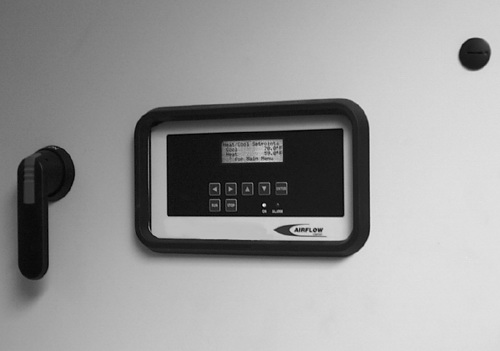Monitoring Temperature and RH Levels
| Because of the importance of both temperature and relative humidity in keeping the data center continually up and running, it is critical to keep a constant check on the temperature and RH levels. The data center system must provide constant feedback with a detailed profile of the room conditions. Monitoring SystemA comprehensive monitoring system is an added expense to the design and maintenance of the facility, but it provides an invaluable tool for diagnosing and correcting problems, collecting historical data for system evaluations, and for day-to-day verification of room conditions. The following should be considered in the design of the data center and monitoring system:
Air Conditioner and Humidifier Set-PointsThe set-points of the environmental support equipment will vary between data center sites, and even between individual units in the same site. An advantage of multiple HVAC and humidifier units is the ability to modify set-points individually in localized areas. The heat load in a room will vary from an area with dense hardware configurations to an area with little or no hardware. Adjusting for this variance can be done by changing the tile configurations in the raised floor, but adjustments to the HVAC or humidifier set-points might also be necessary. Ideally, these settings would be monitored and adjusted from a single console. Figure 8-4. HVAC Control Panel and Digital Display Under most circumstances:
The decision for set-point settings will be influenced by several factors, including heat load and vapor barrier integrity. If, for example, the room has inadequate vapor barriers, it might be necessary to adjust humidifier set-points to accommodate seasonal influences. The set-points should be chosen to maintain the optimal recommended temperature and RH levels while allowing wide enough sensitivity ranges to avoid frequent cycling of the units. |
EAN: 2147483647
Pages: 142
